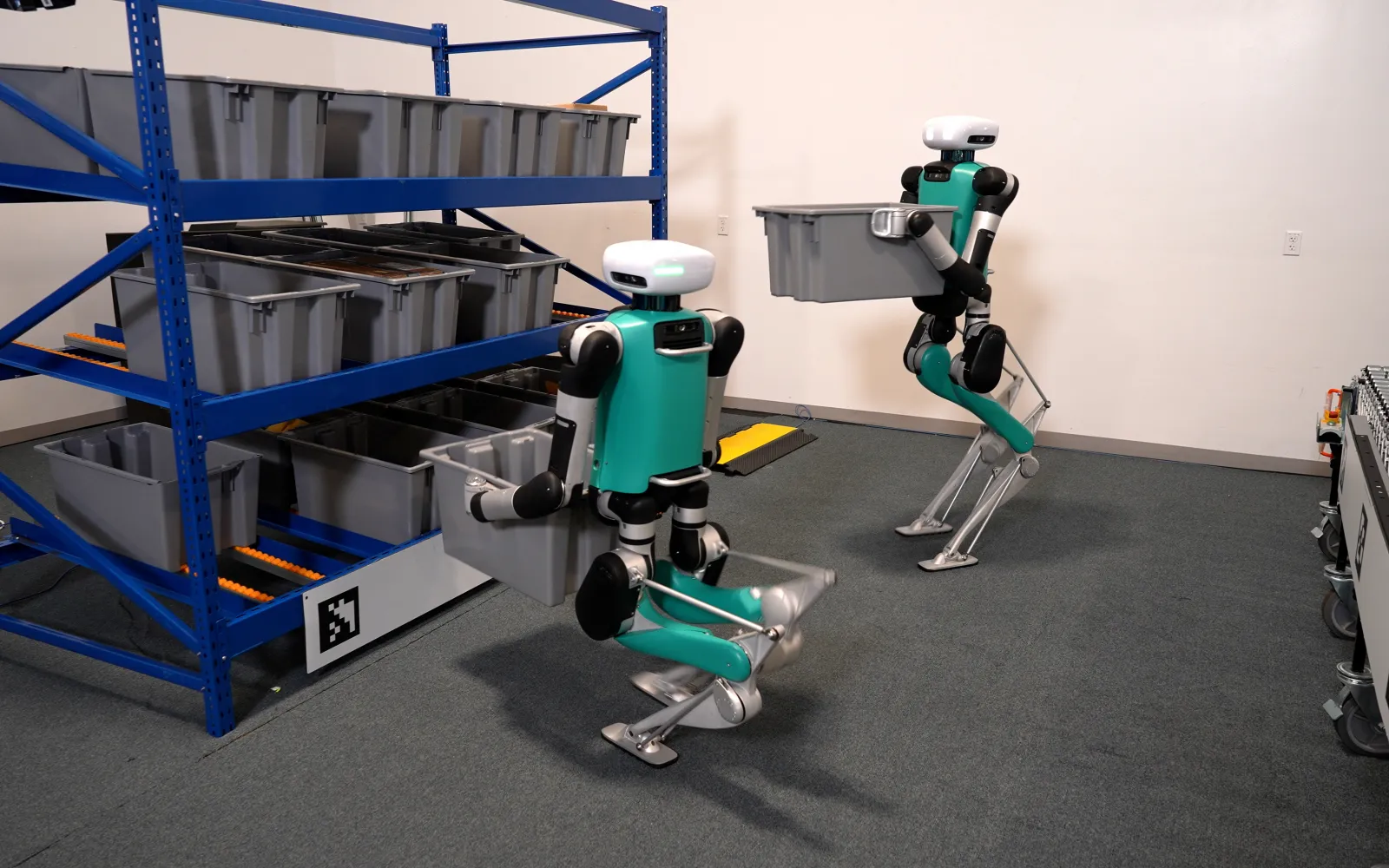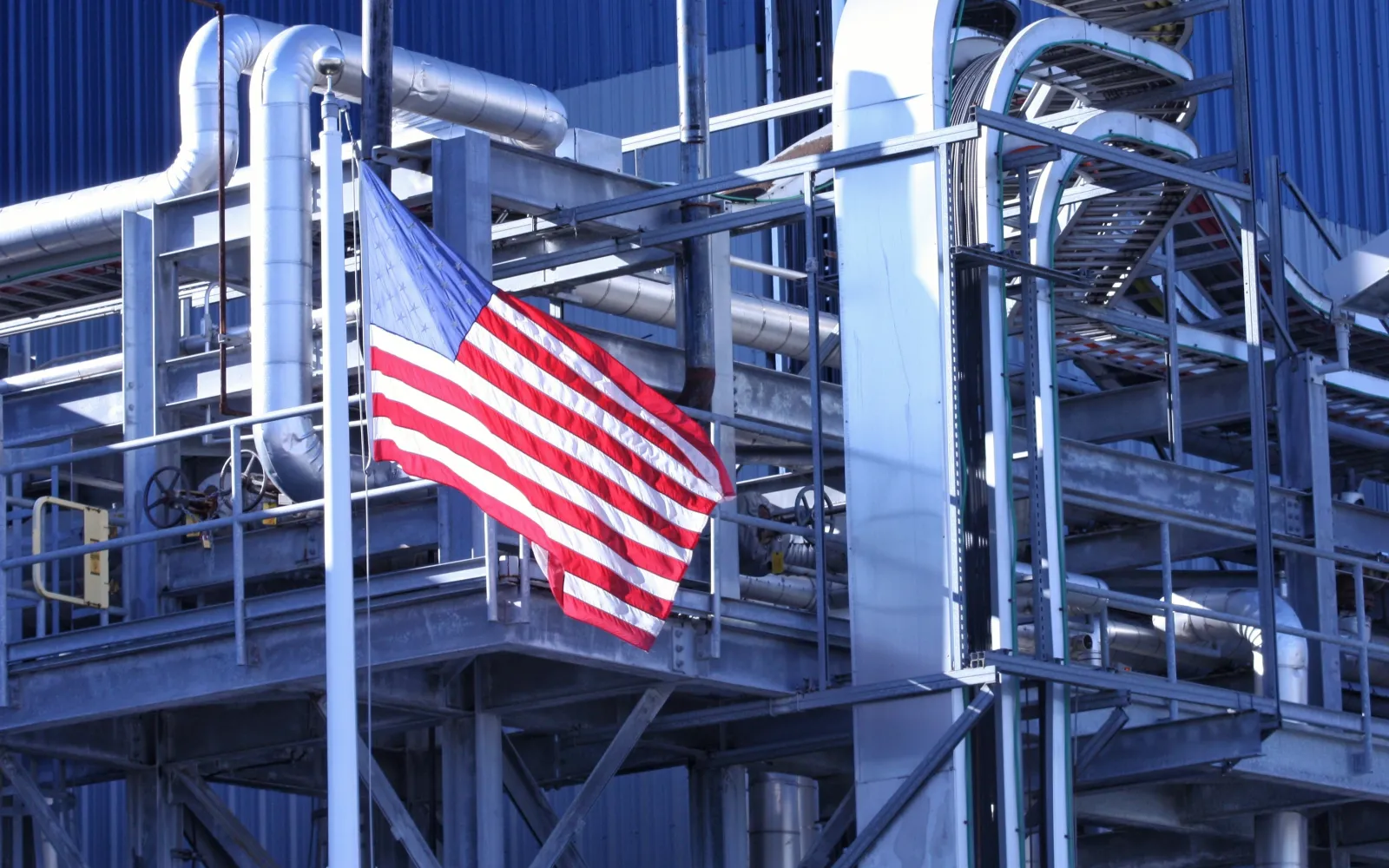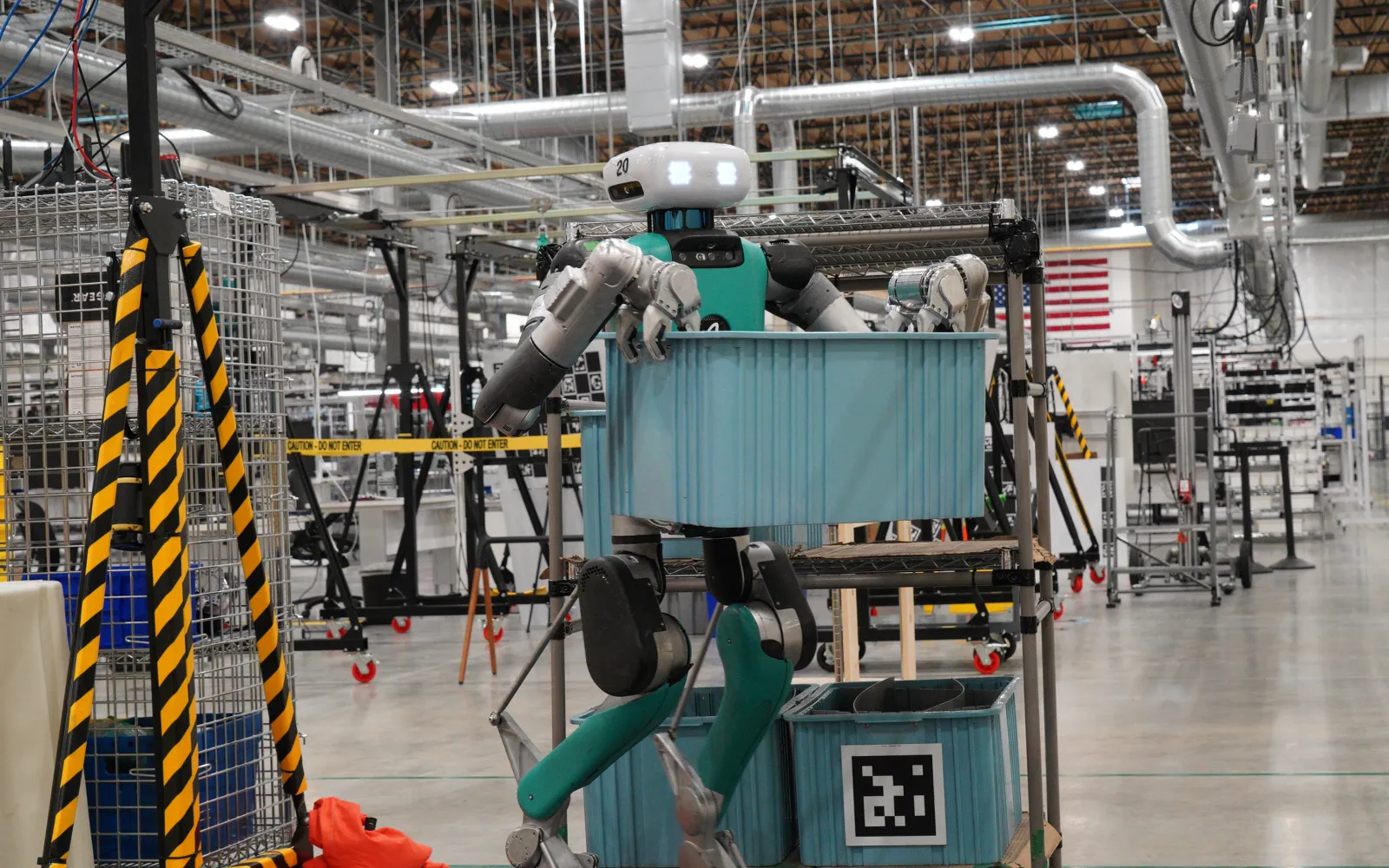

Agility Robotics
Building robots that let humans be more human
It’s difficult to imagine a time when humans labored over what is now done by washing machines, looms, tractors, and excavators. These tedious and physically demanding activities were the early low hanging fruit of automation that allowed society to scale, creating, not destroying jobs in the last 140 years, and vastly improving quality of life.
We’re now at another transformative moment as we see the side effects of an accelerating population shift; our able-bodied working age group is massively shrinking as a percentage of the population. Yet, even as this demographic shrinks, in many critical industries like e‑commerce or logistics, hard manual labor is still critical and in growing demand.
This work is repetitive, physically demanding or even dangerous, and the part of the population carrying its burden is rapidly disappearing (see below). Nearly every week, we see news reports scattered with references to accident and injury rates in warehousing facilities that should have us alarmed about the nature of this work.
Additionally, due to the physically-intensive nature of these roles, it’s incredibly difficult to keep humans engaged in them long term. Logistics executives have long cited high labor turnover and cyclical temporary worker needs as their biggest pain points. Agility Robotics is tackling this “last mile” of difficult automation problems, focusing on repetitive, physically demanding, and dangerous work.
Agility Robotics combines two decades of research and development with one of the most impressive robotics teams globally. The team has built a programmable, bipedal, humanoid robot (read: robot with two arms and legs) that can unload, inspect, carry, and deliver items across a variety of uncontrolled indoor and outdoor terrains – things that come easily to humans but not to date for robots.
Existing robotic solutions in the $1.6T logistics industry tend to be narrowly focused, expensive, and often cannot navigate human terrain. Agility’s robots come in a “drop in” configuration for existing facilities and as an easily scalable solution. Importantly, in working closely with partners and experts on the frontlines of today’s logistics sector, the team has already demonstrated that it can technologically solve many of the logistics market’s largest problems – and pragmatically and economically.
At DCVC, we don’t back seemingly impressive ‘science projects’ that lack robust, real world applications. Instead, we focus on companies that channel their ingenuity, creativity and effort into solving urgent problems impacting both huge industries and our society at large.
When we met founders Damion and Jonathan, we immediately recognized that Agility’s robot was purpose-built for actual — not theoretical — industry. The team has spent years working with and understanding the needs of Agility’s partners and customers, and have built up industry expertise we think is second to none. This practical diligence is already paying dividends, with Agility having struck up a partnership with Ford to develop a last-mile logistics solution that combines Ford’s autonomous vehicle technology and Agility’s bipedal robot Digit.
Since we’ve gotten to know the Agility team, it’s clear they have put an incredible amount of thought into creating a solution which can eliminate the burden on human workers while providing real-world reliability, safety and cost-effectiveness. DCVC is thrilled to join the weighty mission at Agility, co-leading a $20m round alongside previous investor Playground Global.
To view the robot in action, visit Agility Robotics’ YouTube channel.





